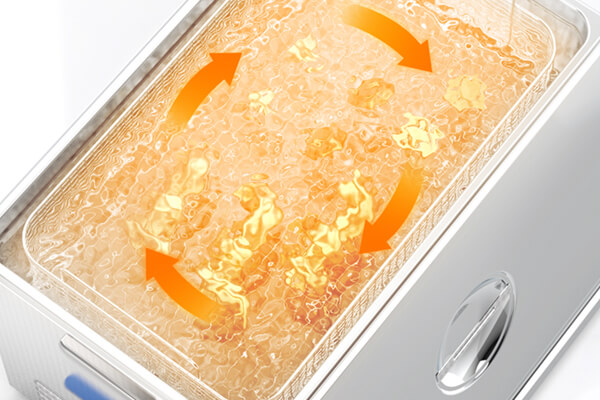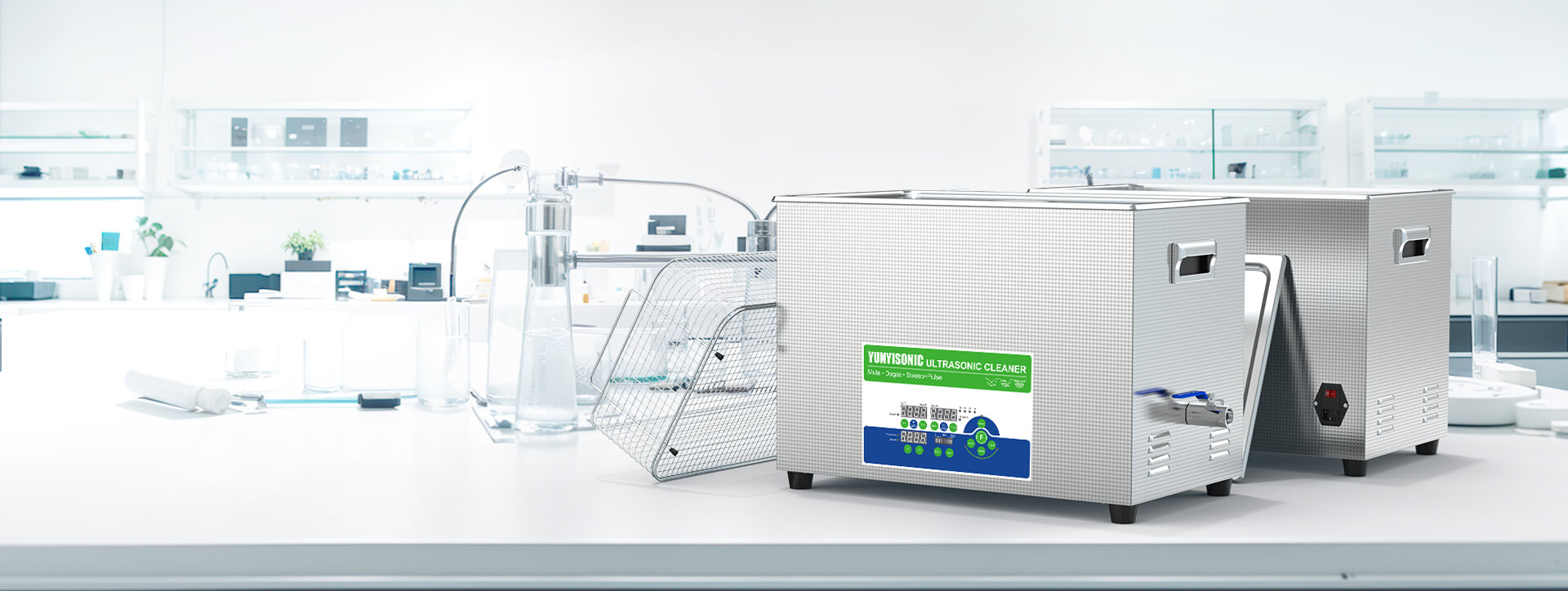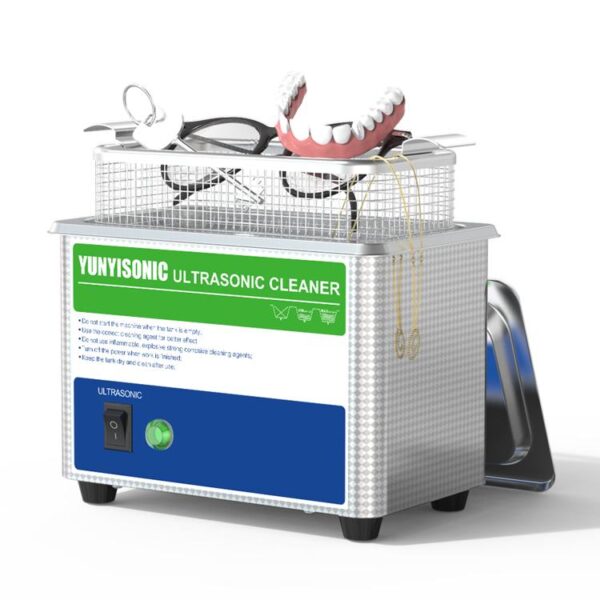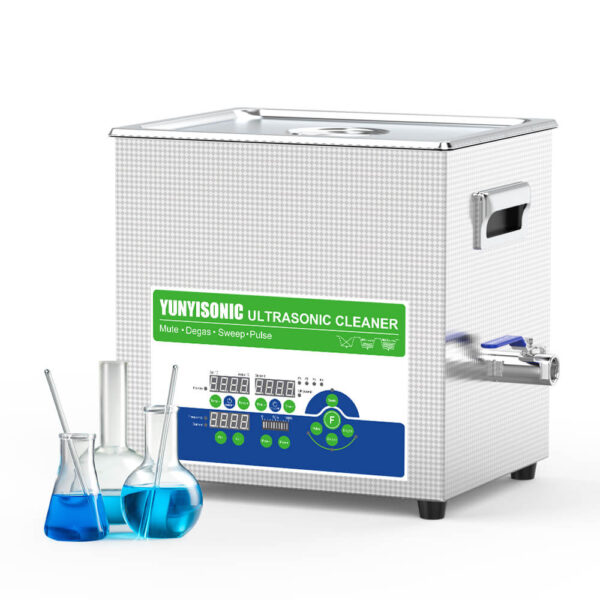In the realm of meticulous cleaning, especially in medical, dental, and laboratory settings, ultrasonic enzymatic cleaning solutions have emerged as indispensable tools. These solutions harness the power of specific enzymes—such as proteases, lipases, and amylases—combined with the mechanical force of ultrasonic cavitation to ensure thorough decontamination of instruments. Unlike conventional detergents, enzymatic cleaners work at the molecular level, actively breaking down proteins, fats, and carbohydrates that adhere stubbornly to surgical instruments, dental tools, and lab glassware.
The real strength of these solutions lies in their ability to penetrate the narrowest lumens, hinges, and crevices of complex instruments—places where manual scrubbing or soaking might fail. When paired with ultrasonic waves, the enzymatic action is greatly amplified: microbubbles generated by the ultrasonic waves collapse near the instrument surfaces, agitating and dislodging debris that the enzymes have already started to break down. This dual mechanism ensures that even invisible organic matter is lifted away without damaging sensitive materials.
More importantly, enzymatic ultrasonic cleaning helps preserve instrument integrity. It minimizes the need for abrasive mechanical scrubbing, reducing surface wear and extending the lifespan of delicate tools. In clinical settings where sterility is non-negotiable, the effectiveness of these solutions is not just about cleanliness—it directly impacts patient safety by eliminating potential contaminants before sterilization. For laboratories, particularly those handling sensitive biological samples or chemical assays, residue-free instruments help maintain experimental accuracy.
Ultimately, ultrasonic enzymatic cleaning isn’t just a convenience—it’s a necessity in any high-standard environment where precision and hygiene converge.
Understanding Ultrasonic Enzymatic Cleaning
When it comes to cleaning instruments used in critical environments—whether in surgery, dentistry, or laboratory work—traditional scrubbing and soaking methods often fall short. That’s where ultrasonic enzymatic cleaning steps in as a transformative solution. By combining the microscopic agitation of ultrasonic cavitation with the biological action of enzymes, this method delivers a level of cleanliness that’s both deeper and safer for delicate tools. It’s not just a matter of getting things visibly clean; it’s about breaking down blood, proteins, fats, and other organic residues that can compromise sterility or functionality. Understanding how this dual-action process works is key to using it effectively.

Ultrasonic cleaning machine in operation
To appreciate why ultrasonic enzymatic cleaners have become essential in medical, dental, and scientific environments, it helps to understand how each component contributes to their cleaning performance. Ultrasonic cleaning relies on high-frequency sound waves—typically in the range of 20 kHz to 40 kHz—to produce microscopic cavitation bubbles in the cleaning solution. These bubbles collapse violently near surfaces, producing localized high temperatures and pressures that can effectively loosen debris, even from the tiniest crevices.
Now, when enzymes are introduced into this process, they do something ultrasonic waves alone cannot: they break down organic material at the molecular level. Proteases dissolve proteins like blood, tissue, and mucus; lipases break down fat residues; and amylases handle starches or polysaccharides. These bio-catalysts begin working even before the ultrasonic machine is powered on. As cavitation intensifies the process, the combined force ensures an extremely thorough cleanse, making ultrasonic enzymatic cleaning a gold standard for pre-sterilization preparation.
This synergy is especially useful for instruments with narrow lumens, flexible joints, or textured surfaces—such as endoscopes, dental scalers, or surgical clamps. Moreover, it is a gentle cleaning method that minimizes physical wear on instruments, an important factor for facilities managing costly or precision-calibrated tools.
Key Features to Consider
When selecting an ultrasonic enzymatic cleaning solution, several factors come into play:
Enzyme Composition: Multi-enzymatic solutions, containing protease, lipase, and amylase, target a broader range of organic materials.
pH Level: Neutral pH solutions are generally safer for a variety of instrument materials, reducing the risk of corrosion.
Biodegradability: Eco-friendly formulations minimize environmental impact and are safer for users.
Concentration and Dilution Ratios: Highly concentrated solutions offer cost-effectiveness, as smaller amounts are needed per cleaning cycle.
Compatibility: Ensure the solution is suitable for the specific materials and types of instruments being cleaned.
Top Ultrasonic Enzymatic Cleaning Solutions
Based on industry usage and effectiveness, here are some of the leading ultrasonic enzymatic cleaning solutions:
| Solution Type | Typical Application | Key Features |
|---|---|---|
| Multi-Enzymatic Concentrated Solutions | Surgical instruments | Breaks down proteins, blood, tissue; highly concentrated and cost-effective |
| Enzymatic Ultrasonic Tablets | General instruments | Pre-measured, dissolves quickly, easy to store and use |
| Bio-Enzymatic Ultrasonic Tablets | Mixed organic residues | Contains multiple enzymes; targets broad range of organic contaminants |
| Enzymatic Concentrated Solutions for Surgical Instruments | Surgical tools and trays | Deep cleans without damaging delicate instruments |
| Enzymatic Ultrasonic Cleaner Solutions for Eyeglasses | Optical lenses, coated glasses | Gentle on coatings; removes smudges and body oils effectively |
| Enzymatic Cleaner Solutions for Carburetors & Engine Parts | Automotive components | Removes grease, carbon, and fuel residues; safe on metal |
| Enzymatic Cleaner Solutions for Jewelry | Gold, silver, gemstone jewelry | Restores shine without damaging metals or loosened settings |
| Enzymatic Cleaner Solutions for Dental Instruments | Dental tools, mirrors, picks | Removes bio-burden and organic matter; supports hygiene compliance |
| Enzymatic Cleaner Solutions for Laboratory Equipment | Beakers, pipettes, sensitive lab tools | Leaves no residue; compatible with sensitive surfaces and materials |
| Enzymatic Cleaner Solutions for Firearm Components | Gun barrels, slides, springs | Targets carbon build-up and combustion residues; protects precision parts |
The following are ultrasonic cleaning machines suitable for the above scenarios. If you have any purchasing needs, you may consider:
Best Practices for Using Ultrasonic Enzymatic Cleaners
To fully realize the potential of ultrasonic enzymatic solutions, proper usage is key. First, always begin with the correct dilution of the enzymatic cleaner. These solutions are often concentrated and must be mixed according to manufacturer guidelines to avoid residue buildup or reduced enzymatic activity. Water temperature plays a crucial role as well—most enzymes are optimized to work best between 35°C and 50°C. Too low, and the enzymatic reaction slows; too high, and the enzymes may denature, losing effectiveness entirely.
Pre-rinsing instruments before submerging them into the ultrasonic bath can also improve results. This simple step helps remove loose debris, allowing the solution and ultrasonic energy to focus on more stubborn contaminants. During the cleaning cycle, ensure instruments are fully submerged and separated—stacking or overcrowding may block ultrasonic waves, creating “dead zones” where cleaning is incomplete.
Cleaning time varies based on instrument complexity and contamination level, but 5 to 15 minutes is a common range. After cleaning, instruments should be promptly rinsed with distilled or deionized water to remove any enzymatic residue, followed by thorough drying. This step is particularly important because residual enzymes or moisture can compromise subsequent sterilization or cause long-term instrument degradation.
Finally, don’t neglect machine hygiene. Regularly changing the solution—ideally after each use—and wiping down the tank helps maintain enzymatic potency and prevents cross-contamination.
The following is a video of using an ultrasonic cleaner to clean a teacup. It can be used as a reference before you use the ultrasonic cleaner for the first time:
Going Beyond Clean: A Smarter Approach to Instrument Care
Investing in ultrasonic enzymatic cleaning is not just about keeping instruments visually clean—it’s about preserving their functionality, ensuring user and patient safety, and prolonging equipment life. It reflects a mindset shift from reactive to preventive maintenance, from routine cleaning to precision hygiene management.
In high-demand settings like surgical suites, dental practices, or biotech labs, even minor lapses in instrument cleanliness can lead to serious outcomes—from compromised test results to infection risks. By adopting ultrasonic enzymatic cleaning as a standard practice, facilities demonstrate their commitment to excellence and accountability.
And for institutions looking to take it a step further, working with solution providers that offer tailored enzymatic formulas and precision ultrasonic systems—like those from Yunyisonic—can help build a truly optimized cleaning workflow. Whether you’re managing a single dental chair or an entire surgical center, integrating smarter cleaning protocols ensures you’re always operating at the highest possible standard.





